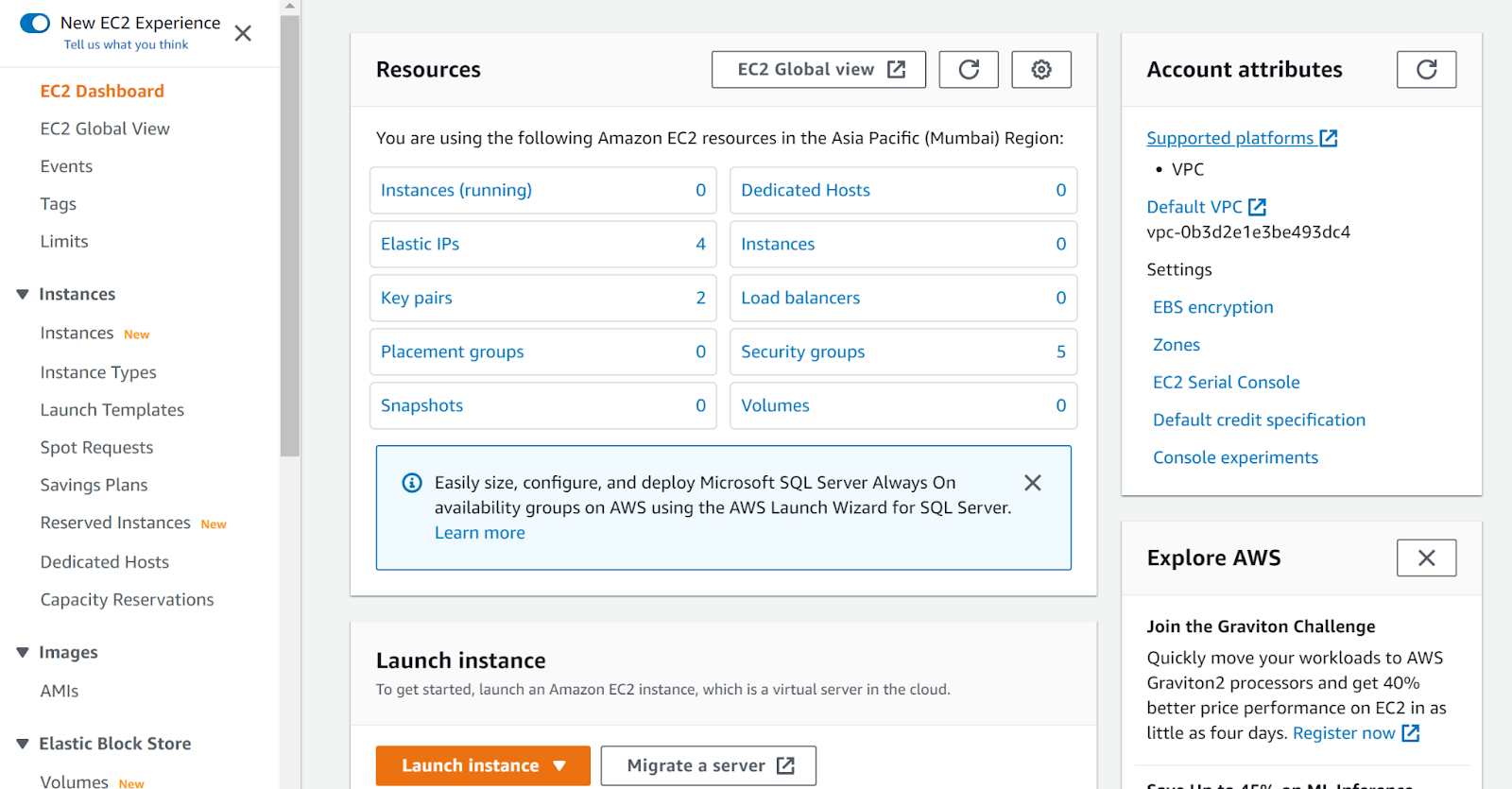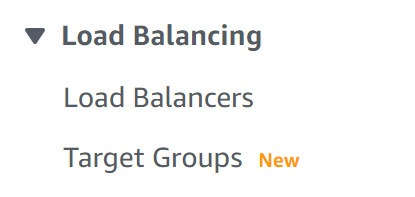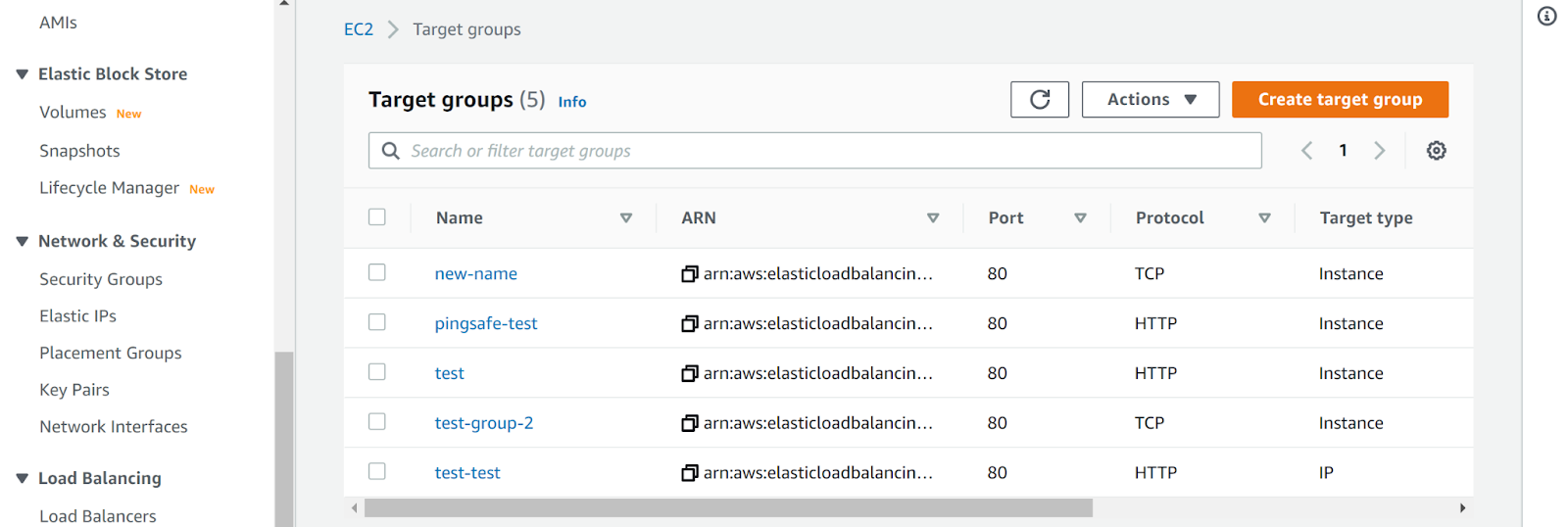Risk Level: Medium
Description:
This plugin guarantees that each AWS ELBv2 load balancer has a minimum of two healthy target instances linked with it. To achieve fault tolerance, each AWS ELBv2 load balancer should be paired with a minimum of two healthy target instances.
PingSafe strongly recommends associating at least two healthy target instances to AWS ELBv2 load balancer.
About the Service :
The Amazon ECS service may be configured to employ Elastic Load Balancing to uniformly distribute traffic among your service's jobs. The transport layer (TCP/SSL) or the application layer (HTTP/HTTPS) are where a Classic Load Balancer makes routing choices. A fixed relationship between the load balancer port and the container instance port is presently required by traditional load balancers.
Impact :
If there aren’t a minimum number of instances associated with load balancer then it is difficult to ensure fault tolerance.
Steps to reproduce :
- Login to your AWS Management Console.

- Navigate to the EC2 console.
https://ap-south-1.console.aws.amazon.com/ec2/
- Click on Target Groups under Load Balancing.

- Select the target group that you want to examine.

- Look if the target instances are registered or not.
- Repeat the steps for other target groups as well.
Steps for remediation :
- Login to your AWS Management Console.

- Navigate to the EC2 console.
https://ap-south-1.console.aws.amazon.com/ec2/
- Click on Target Groups under Load Balancing.

- Select the target group that you want to examine.

- Look if the target instances are registered or not.
- If the target instances are not registered then click on Register Target.

- Next click on the Register pending target button to complete the procedure.
- Repeat the steps for other target groups as well.
References:
